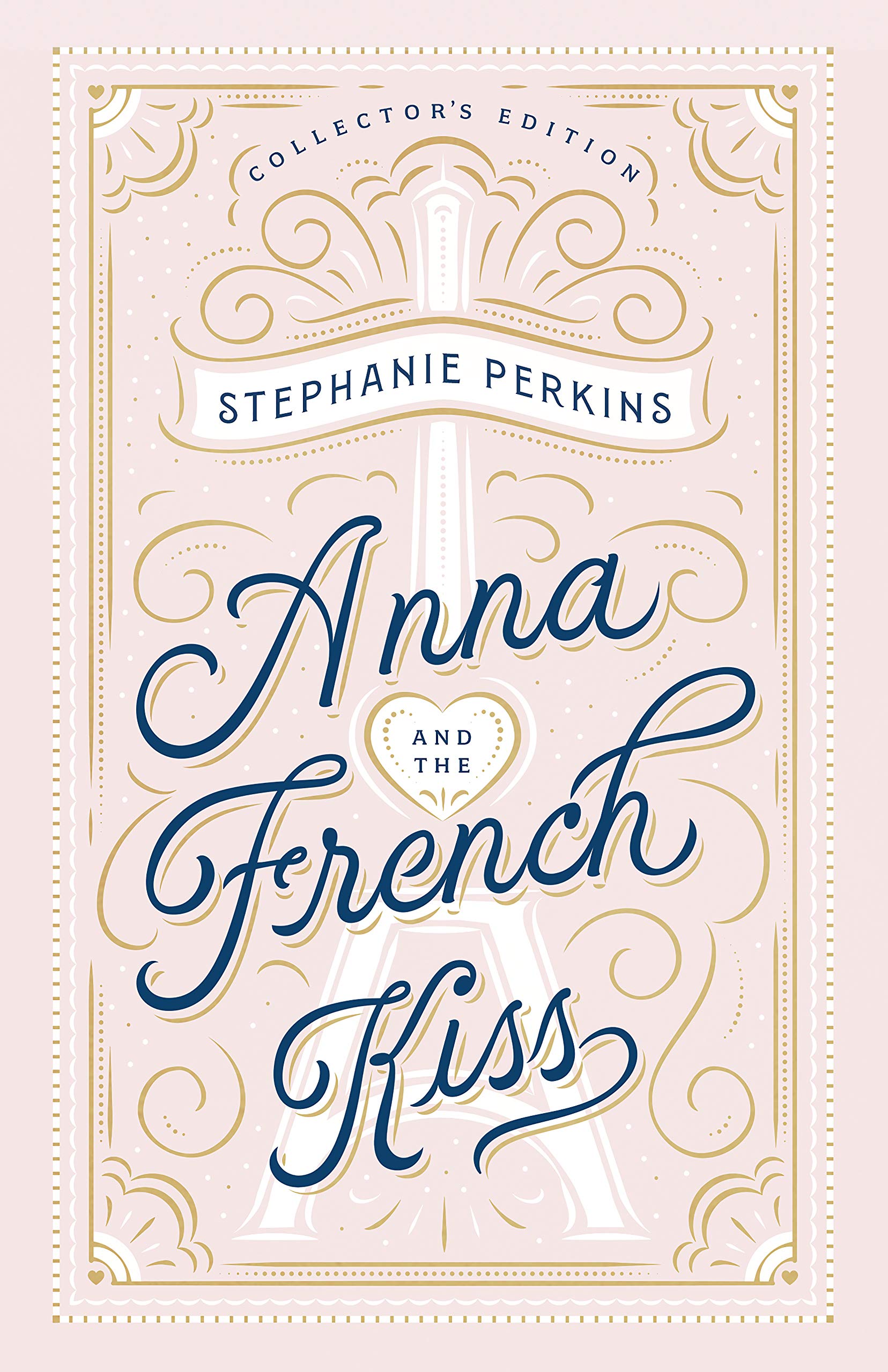It is a truth universally acknowledged that Anna and the French Kiss is the most underrated romance novel of all time. Okay, maybe I’m the only one who thinks that. I haven’t shut up about this book since I picked it up by chance sometime in Year 8 or 9 (the Dark Ages), and I re-read it pretty much every time Valentine’s Day comes around.
The plot is pretty self-explanatory. Anna, a funny and ‘quirky’ teen from Atlanta, finds herself unexpectedly starting her senior year at a new school in Paris (of course). It takes her a grand total of 12 pages (yes, I counted) to meet Etienne St Clair: smart, handsome, and totally out of her league. Or so she thinks…
I can’t describe in words how much I love this book. Stephanie Perkins’ writing has all of the romance tropes I love, while still managing to be witty, erudite and unfussy. There’s nothing I hate more than long, flowery dribble about getting lost in her eyes or some such cringe, but Perkins has a clever way of writing romantic moments in a way that’s snappy and realistic, and she doesn’t waste your time while doing it.
Another thing adding to the charm is that the love interest, Etienne, isn’t perfect. Sure, he’s dreamy, but he’s got crooked teeth, he bites his nails, and he hasn’t got it all figured out. He does things like climb to the top of Notre Dame to confess his love to Anna, only to realise he’s terrified of heights and trip over all his words. (This is my favourite scene in the entire book.)
And despite the plot being mostly driven by the budding romance between Anna and Etienne, this book gives time and attention to platonic friendships and family dynamics. Perkins knows that there’s more to life – especially school life – than meeting The One and falling in love, which was what school-age me needed to hear. Instead of the places and people around them being eclipsed by their relationship, Anna and Etienne’s actions and motivations have real impacts on their friends, and all have their own issues. And the detailed development given to the secondary characters shows, because Perkins ends up writing two sequels, each centred on a different character from this book. (They’re both great – but nothing compares to Anna and the French Kiss.)
If there’s one thing you should take away from this stream-of-consciousness, it’s that if you see an Anna and the French Kiss Netflix adaptation any time soon, you’ll know I warned you first. Oh, and happy Valentine’s!
